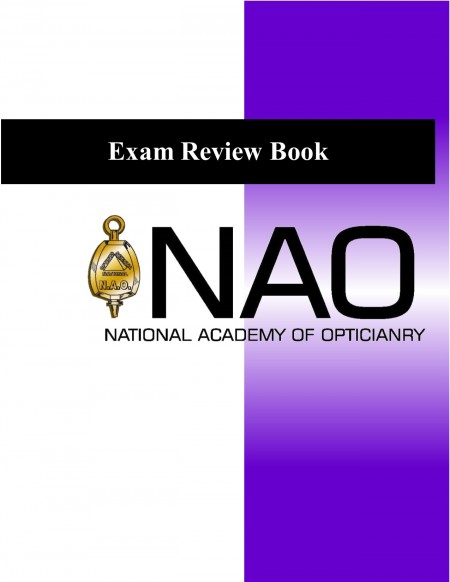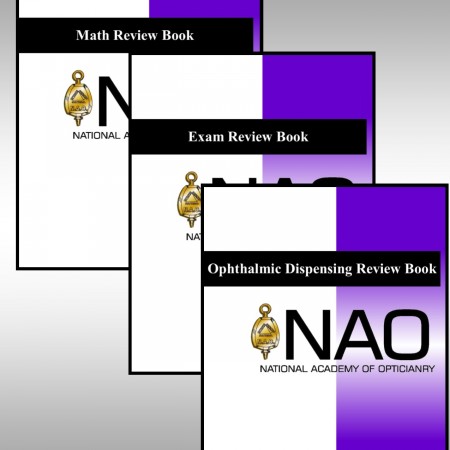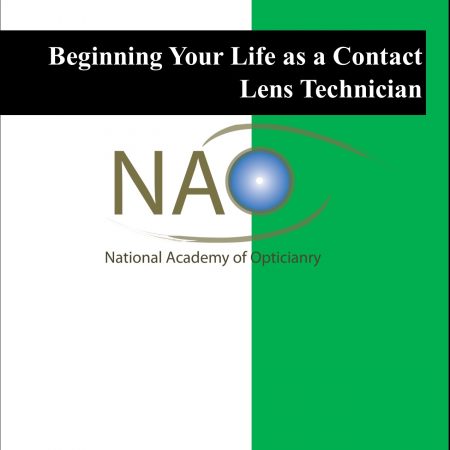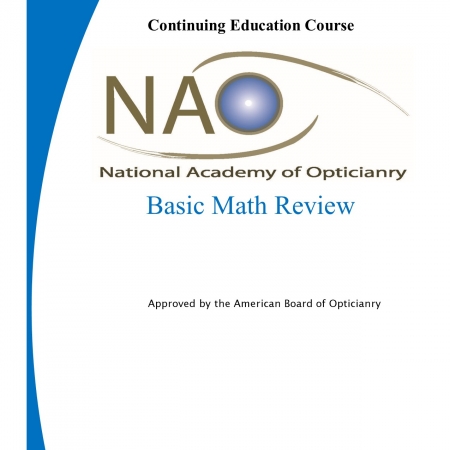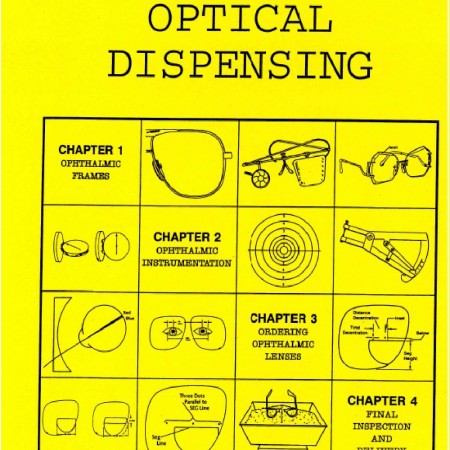Description
ABO Progressed Review Tool: Exam Review Book (#EXAMREV) – Updated 2020
(Following is a random selection of text from the Exam Review Book)
The anterior portion of the middle tunic is the ciliary body, a triangular section consisting of the ciliarv muscle (which is involved in adjusting the lens shape for clear focusing) and the ciliary processes, which secrete the aqueous humor, a fluid filling the anterior chamber of the eye.
The iris is a circular curtain suspended between the anterior and posterior chambers and is actually a continuation of the blood vessels in the choroid. The iris has two sheets of muscle which dilate and constrict the pupil to regulate the amount of light entering the eye. A layer of pigment cells give the iris its color and assists in darkening the interior of the eyeball.
Located behind the iris (in the posterior chamber) and in front of the vitreous is the crystalline lens. It is a biconvex, transparent body consisting of an outer capsule and inner substance called cortex and nucleus. In the young, the lens is flexible and capable of changing shape to provide variable focus power (accommodation). In later years, the lens hardens and presbyopia results.
The innermost layer of the eyeball, the third tunic, is actually an extension of the brain, called the retina. This layer is held firmly in place by a jelly-like substance, the vitreous, and fills the posterior cavity of the eye.
The retina gets to the brain via the optic nerve. The rods and cones are the photoreceptor cells of the retina. Rods are primarily located in the peripheral area and are associated with detecting movement and vision in dim light. The canes are located centrally and provide color recognition as well as sharp images in brighter light conditions.
The area of the retina centrally where the cones are most numerous is called the macula and the concentration of cones in its center is the fovea.
A short distance nasally of the fovea is the optic disc. This is a true blind spot since neither rods nor cones are present. It is the area where the optic nerve enters the eyeball.
Interior of the Eyeball
The interior of the eye is conveniently sectioned into the anterior (aqueous) chamber, the posterior chamber (behind the iris and in front of the lens and its ligaments) and the vitreous chamber (posterior cavity).
The anterior chamber filled with aqueous has an important feature called the angle. It is located where the cornea and iris meet and contains a meshwork of connective tissue (trabecula) through which the aqueous is filtered and drained. The configuration of this angle may give rise to an abnormal intraocular pressure (glaucoma), causing severe pain and eventual visual loss.
We can measure intraocular pressure with a tonometer. This is a diagnostic tool to aid in determining glaucoma. Because glaucoma is one of the most common causes of blindness, this test should be administered regularly.
Extraocular Structures
Structures outside the eye are referred to as extraocular and include protective areas such as the eyelids, orbit and lacrimal glands.

